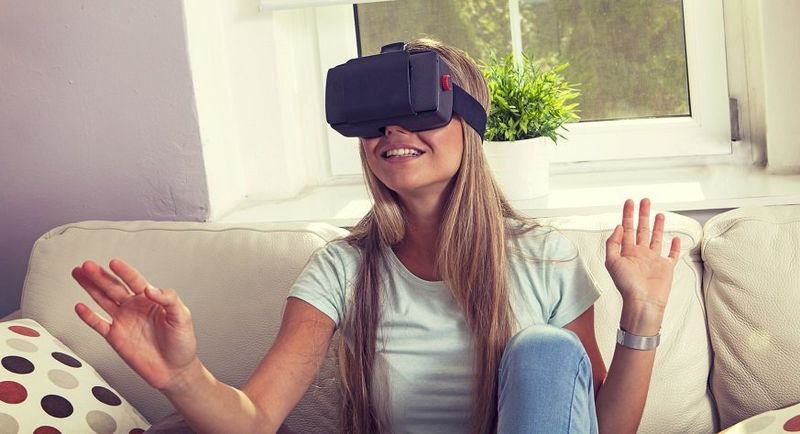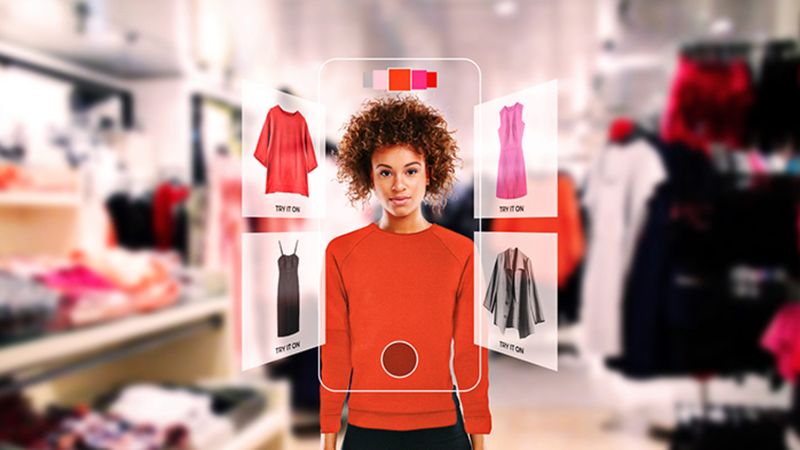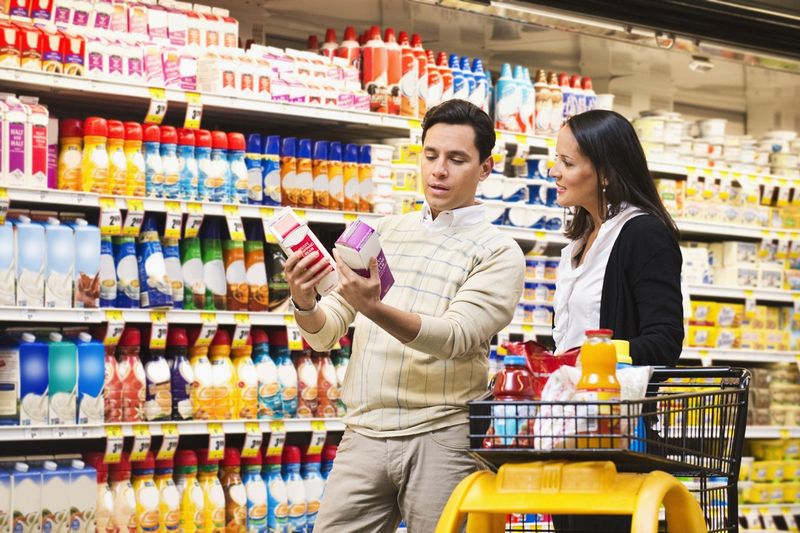In the wake of COVID-19, technology has provided a lifeline for many of us. From cloud solutions that have enabled businesses to effortlessly continue operations from home to the millions of families using video calls to check in with each other during these uncertain times. With most businesses adapting to the pandemic and doing everything to increase their online presence, those that weren’t able to keep up with the digital transformation were unlikely to make it out of the crisis.
While businesses were working hard to adapt to COVID-inspired digitalization, many used the change as an opportunity to make business. For retailers, a technology that has proven to be revolutionary for many brands is augmented reality (AR). According to data from Vertebrae, an AR partner of Facebook, retailers leveraging AR are experiencing a 19 percent spike in customer engagement. Furthermore, the customer conversion rate increases by 90 percent for customers engaging with AR versus those that don’t. Such data makes it obvious that AR is very well-received with customers.
With figures like these, it’s no wonder that brands have been quick to embrace AR during this global pandemic. With customers unable to visit instore premises during the lockdown, and with many shoppers still not comfortable with heading back out to shops now they are open due to on-going concerns over the transmission. AR has given away for many retailers to connect with customers in a way no other technology has allowed for before.
Virtual shopping from the safety of your home

source:qrcodepress.com
Like many other industries, COVID-19 has forced many into rethinking their marketing strategies and how they can bring previous in-store experiences online. As a result, we have seen a magnitude of virtual events take place. From virtual gigs and virtual parties to virtual exhibitions. Any entertainment you could think of, was adapted in one way or another to AR. And, not surprisingly, in the world of retail: virtual shopping.
Just imagine the ability to shop remotely from the comfort of your own sofa. If you’re unable to make it to the store it will certainly feel like you are shopping. Many brands have been making this happen, using AR to show customers how a product will look like via online platforms, such as smartphone apps.
Let’s take a look at a few examples of how brands are leveraging this technology to drive experience marketing during the Coronavirus pandemic.
#1 Virtual furniture shopping

source:forbes.com
Many home furnishing retailers are now realizing the benefits of integrating AR into their smartphone apps. An example of this is a leader in furniture and home supplies – IKEA. Launched in 2019, it’s IKEA Place app allows shoppers to see how more than 2,000 items of furniture would look like inside their homes, making designer decisions incredibly easy.
The app, which uses Apple’s ARKit platform, shows these products true-to-scale, allowing customers to feel confident that the furniture they buy online will fit well inside their homes. No more fear of spending hours building that lovely dining room table to find out later it’s 1cm too wide…
#2 Vehicle demos from your sofa

source:kingdomlondon.com
For many automotive brands, AR technology is becoming a key facilitator in acquiring new customers or converting customers from other car brands. It gives customers a fully immersive way of seeing and learning about their products, leading them further down the path to the final step: car purchase.
Last year, Toyota launched its AR app which allows customers to gain a better understanding of a range of some of its range of new Hybrid models by showing key features such as the hybrid’s motor, battery, and fuel tank and a range of others.
#3 The virtual changing room

source:blippar.com
Fashion brands have also been quick to leverage AR to improve customer experience and to allow customers to enjoy shopping from the comfort of home. A number of brands such as Adidas, Gucci, and ASOS have launched AR apps that allow customers to virtually try on their footwear range.
Australian Sunglasses brand, Quay Australia, have also launched a virtual try-on which enables customers to see how well a pair of sunglasses suit their face, with beauty brands also leveraging the revolutionary technology to boost customers engagement. Finding products that suit you has never been easier.
#4 Bridging the gap between online and offline shopping experiences

source:quora.com
There is no doubt that AR is creating a more immersive online shopping experience for customers. But does it compare to the physical shopping experience? While opinions vary, we’re sure you’ll agree that nothing quite beats the real-world shopping experience, AR really has been a great solution for shoppers during COVID-19, but the future of it is not clear.
Is AR shopping here to stay? Will all the investment into VR applications pay off in the long term? Today’s extremely busy and tech-savvy customers want instant gratification to their needs and wishes and therefore, and fully immersive AR apps integrated with frictionless mobile payment solutions are truly delivering these needs.
Along with AR technology, FinTech is playing a critical role in the modern-day shopping experience and tech progress underlying AR developments. The very best payment specialists, such as UTP group, are working hard to stay on top of these technology trends, allowing retailers to deliver the very best experiences to their customers, all the way to the checkout.
They are one of the top Merchant Service providers, which allow businesses to sell online, through the e-Commerce and Virtual Gateway terminals (for more information visit www.utpgroup.co.uk). Furthermore, even if you are not ready to progress online, they have payment solutions, like high-quality card readers and contactless card machines.
There is no question that augmented reality apps and advanced FinTech solutions are shaking up the retail industry. While the current global pandemic has caused a lot of untold harm to this industry, it has also been a catalyst for growth in technology and brand creativity.

